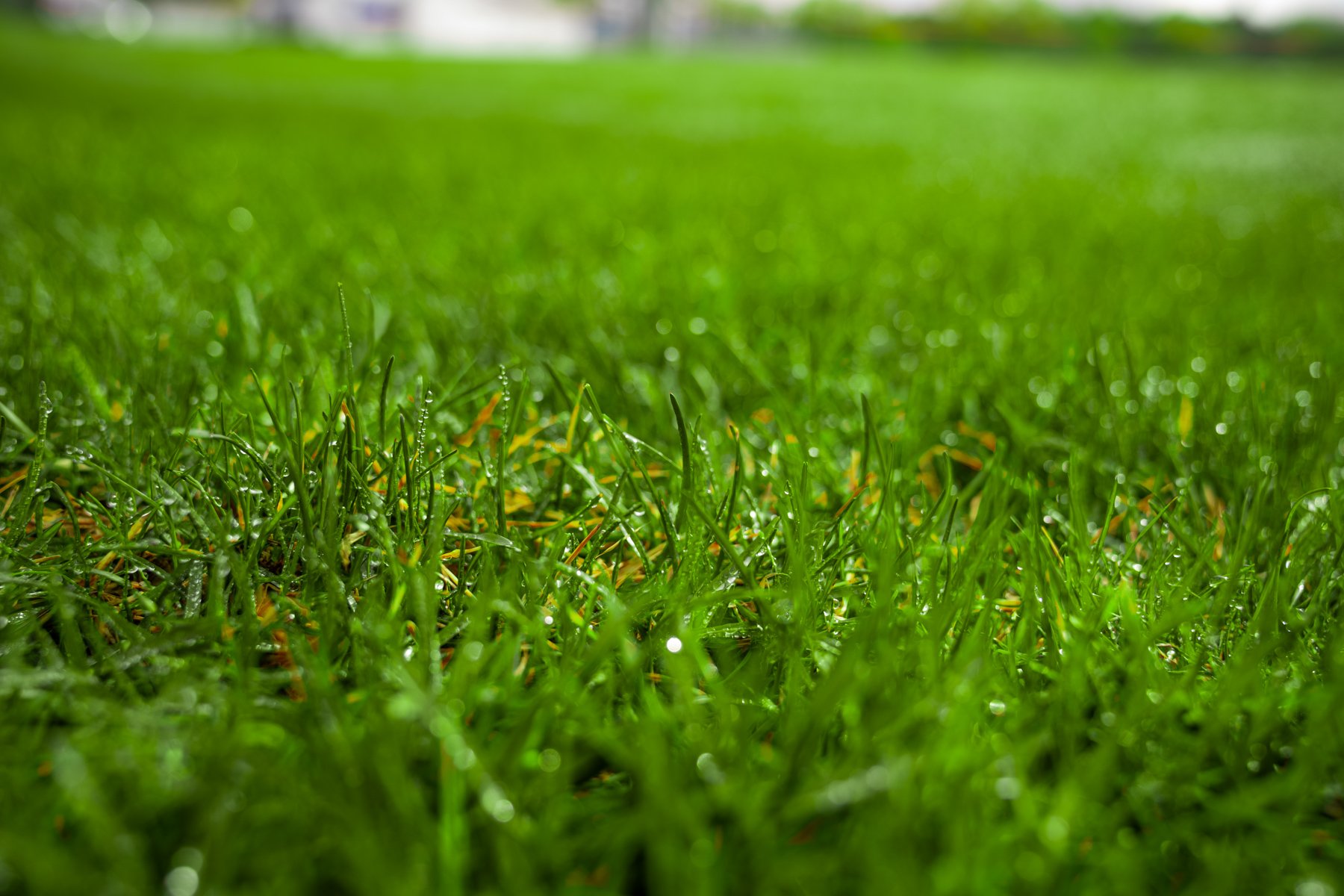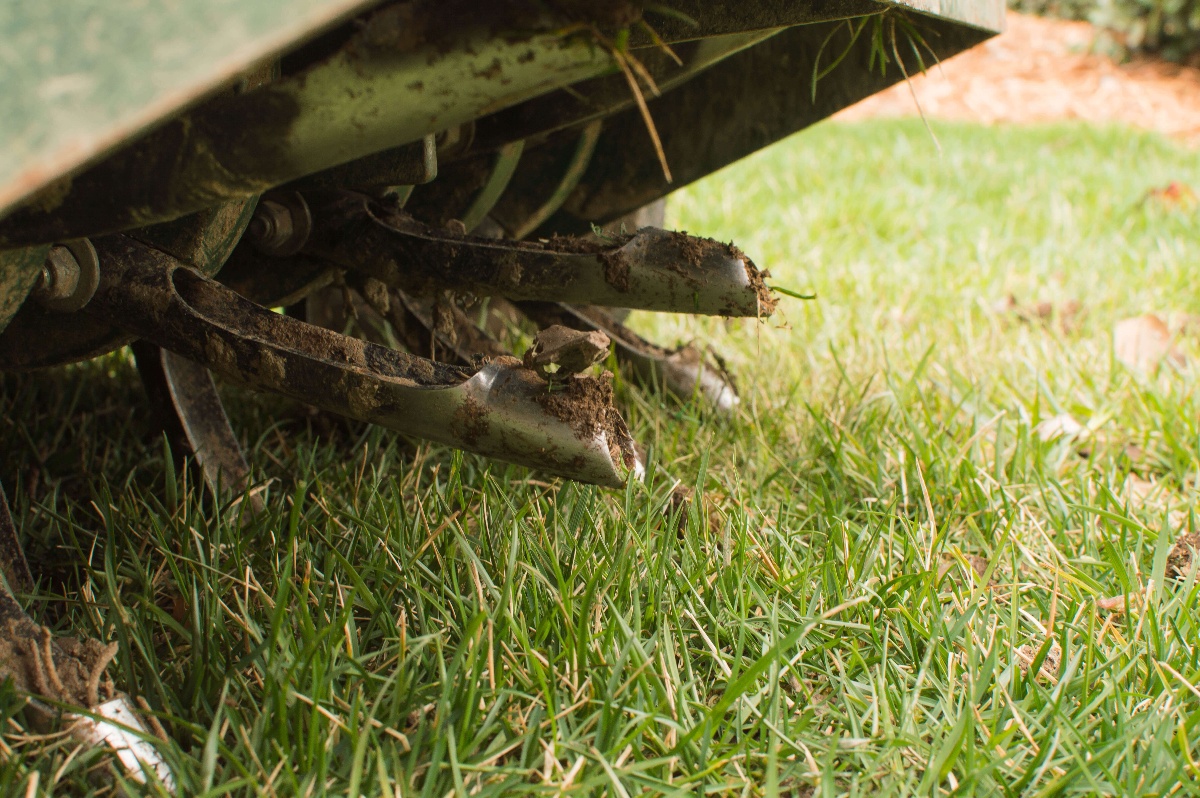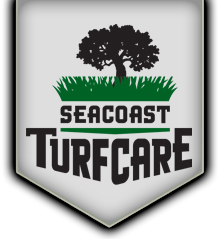
Does Your New England Lawn Need Dethatching?
As someone who cares about having a healthy lawn, you might be worried about thatch.
All lawns tend to have some thatch, and that’s okay. In fact, a little bit of thatch can actually be beneficial. But when that layer starts to build up past a half inch, it can begin to cause trouble. So, what do you do about it? Is dethatching necessary?
Generally, we would recommend staying away from any kind of intensive mechanical dethatching. In this article, we’ll answer some of your common questions about thatch and how to address it.
Jump to:
What is Thatch?
Is Dethatching Necessary?
When to Dethatch a Lawn in Massachusetts?
Dethatching Lawn vs. Aerating
How Often Should You Dethatch Your Lawn?
Choosing Lawn Care in Southern NH, Northeastern Massachusetts, and Southern Maine
What is Thatch?
Thatch is simply the layer of dead grass that builds up on your lawn that lingers right towards the top of the soil. When there are limited amounts of thatch, it can actually be highly beneficial for your lawn in that it acts more as a form of mulch, providing insulation from extreme temperatures and even assisting with some moisture retention.
However, when the thatch layer builds up too much, water can get backed up and saturate the area and the added moisture can cause fungus and prevent air from reaching your grass. Some grass can brownout and not come back at all.
A heavy layer of thatch can also harbor lawn pests, like chinch bugs and it can prevent lawn care products from being effective as they’ll get “stuck” in the thatch layer.
If you have a heavy build-up of thatch, you’ll want to take action.
Is Dethatching Necessary?
Getting rid of thatch might be necessary if you have a heavy layer. For some of the reasons outlined above, getting rid of excessive thatch can be beneficial.
But how you address it is important. Dethatching as a service involving mechanical dethatching equipment can be pretty aggressive on your lawn. It’s not only going to tear up the thatch - it’s also going to rip up healthy grass.
However, dethatching a minimal layer of thatch with a simple convex rake is okay. Some homeowners do try to rake up some of the thatch on their own. You can start by watering your lawn to loosen the thatch layer before raking. Be sure to remove any debris that you pull up in the process.
When to Dethatch a Lawn in Massachusetts
If you’re “dethatching” with a simple metal rake, we recommend doing this in the early spring or fall, when the lawn isn’t under added stress from drought and heat.
If you are having mechanical dethatching performed by a landscaper, this should be done in the spring while the lawn is actively growing and can fill in the areas where it’s been ripped out.
However, keep in mind that dethatching can sometimes interfere with other important spring lawn care tasks, like crabgrass control. Crabgrass pre-emergents help form a barrier that prevents crabgrass from growing. But dethatching can break up that barrier.
For all these reasons, mechanical dethatching is really not something we’d recommend. Since there is often a lot of collateral damage with dethatching, we find that many landscapers aren’t even performing this service anymore.
Instead of traditional dethatching, we recommend lawn aeration, which has important benefits beyond just helping to remove thatch.
Dethatching Lawn vs. Aerating
Lawn aeration is the process of pulling small cores of soil from the ground and depositing them back on the lawn where they will break down and recycle nutrients back into the soil. Put simply, this helps your lawn to breathe.
Doing this helps to break up soil compaction. It also helps to break up that layer of thatch while also increasing the activity of valuable microorganisms that help decompose it.
It’s a lot less invasive than dethatching and it has valuable benefits..jpg?width=1800&height=1350&name=aeration%20holes%20plugs%20and%20seed%201%20(1).jpg)
In general, people find that lawns that are well-aerated grow stronger, healthier, and have fewer weeds over time. This will also eventually mean less need for weed control products as a thickened lawn will start to choke out weeds on its own.
And, you don’t need downtime for your lawn to recover from dethatching damage when you aerate!
How Often Should You Dethatch Your Lawn?
Thatch does take time to build up. You might notice the layer of thatch on your lawn has grown thicker after a year or so. But keeping up with annual aeration can help prevent this from happening.
We do recommend aerating annually since it’s so highly beneficial for the lawn (not just in reducing thatch, but in improving the overall structure of the soil). You’ll start to see a healthier lawn when you invest in professional lawn aeration.
Choosing Lawn Care in Southern NH, Northeastern Massachusetts, and Southern Maine
At the end of the day, it’s valuable to find a company that can offer lawn aeration if you care about reducing thatch while also having the healthiest lawn possible.
At Seacoast Turf Care, we want to see you get the best results from your lawn aeration service. We truly believe that aeration and overseeding are two of the best things that you can do to produce a thick, healthy, and thriving lawn.
In fact, aeration is often the service that takes an average lawn and makes it into a spectacular lawn. When your lawn is well-aerated, our other services like fertilization and weed control also work better because these products aren’t just sitting on top of the soil.
Hopefully this article has answered some of your questions about thatch and how you can address it. But if you have any additional questions, we are always here to help. You shouldn’t have to figure any of this out on your own.
At Seacoast Turf Care, we’d love to take the burdens off of your plate and help you get a great-looking lawn that you’ll love.
Want to learn more about what makes us a great choice for your lawn care needs? At Seacoast Turf Care, we service NH towns near Stratham, North Hampton, Exeter and many more. Get lawn care pricing for your Southern NH, Southern Maine, or Northeastern Massachusetts property.
Image Sources: mechanical dethatcher, metal tine dethatcher



